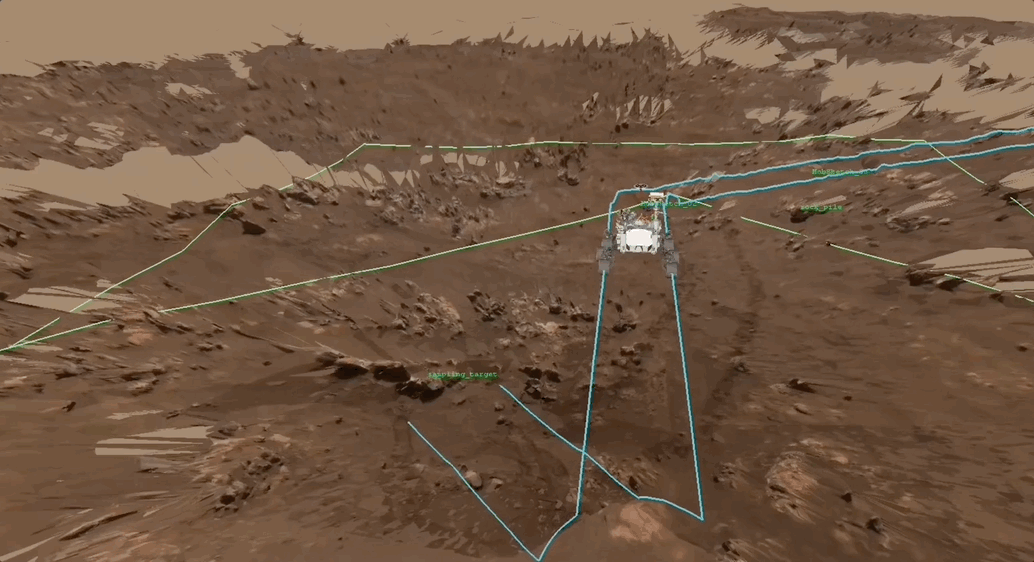NASA's Record-Breaking Mars Rover Is Way Better At Self-Driving Than Earth Cars
All the way on another planet, Mars rover Perseverance is showing us how its done
At a blistering top speed of 0.1 miles per hour, Perseverance is shattering what scientists thought possible from a Mars rover.
Oh what's that? That doesn't sound that amazing? Well, I'll remind you that it's doing this on a whole other goddamn planet, often by itself. That's right. A vehicle 127 million miles away is making its own decisions on how to cross a treacherous and truly alien landscape all on its own, and it's doing it at an incredible (for a rover anyway) 300 yards-a-day pace.
NASA came out with a cute video about Perseverance, and we totally stan all extraterrestrial rovers, so here it is:
Normally, special operators use headsets and 3D monitors to help navigate the rover over the rocky Martian landscape, which is very cool and sci-fi on its own. But now that Perseverance has a bit of a stretch of travel ahead of it, NASA is letting the little guy make his own way in the world while putting the pedal to the metal. Using a system called AutoNav, the rover makes a detail 3D map of its path forward in order to identify possible obstacles all on its own.
Perseverance is scrabbling along "Octavia E. Butler Landing" (awesome name) to has an old dried delta called Jezero to poke around and grab samples. What makes this rover so much swifter than say, Curiosity? Older rovers had to stop and take pictures of its surrounding before figuring out how to deal with obstacles while Perseverance can roll and think at the same time.
You generally want your $2.4 billion mission to go as smoothly as possible, and its a testament to the kind of careful engineering that can go into self-driving technology that we trust it enough to wander a planet millions of miles away.
